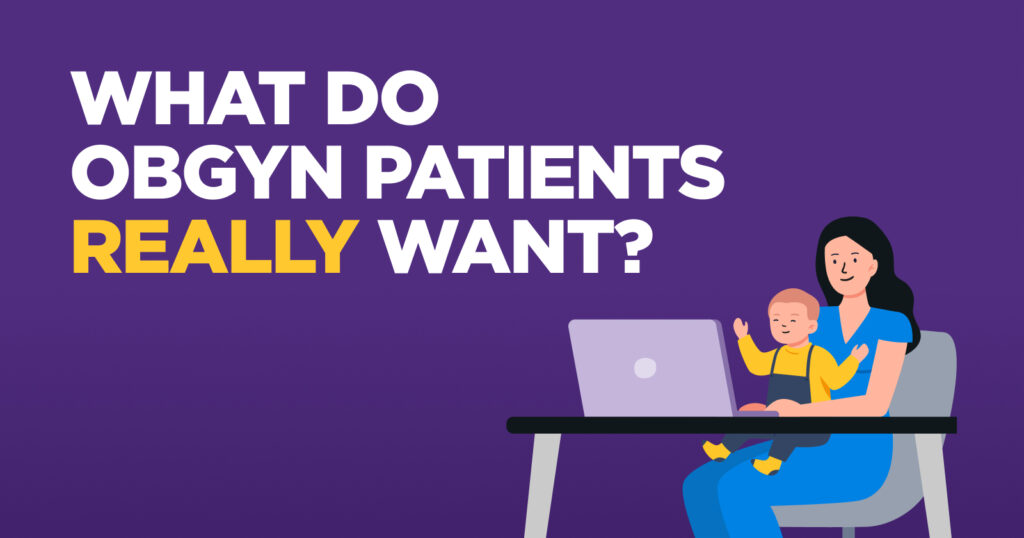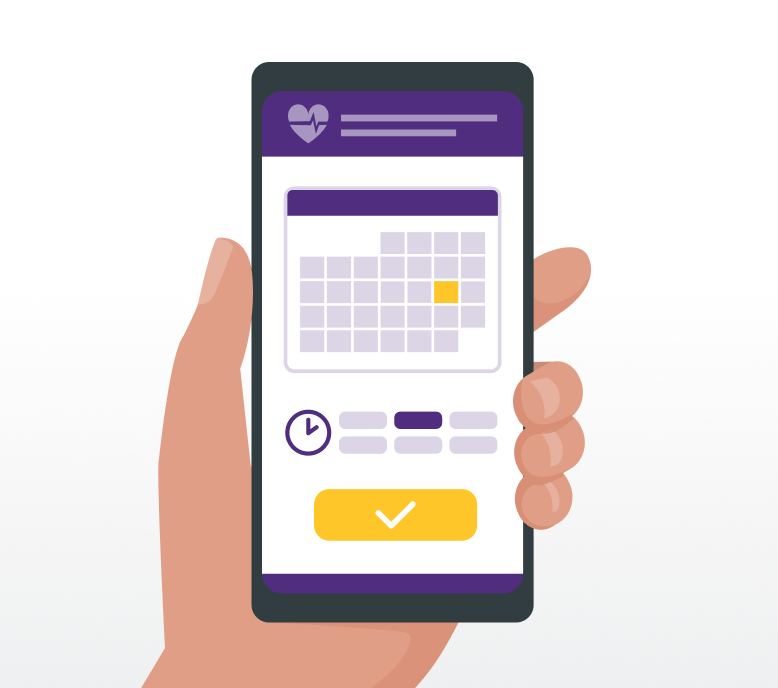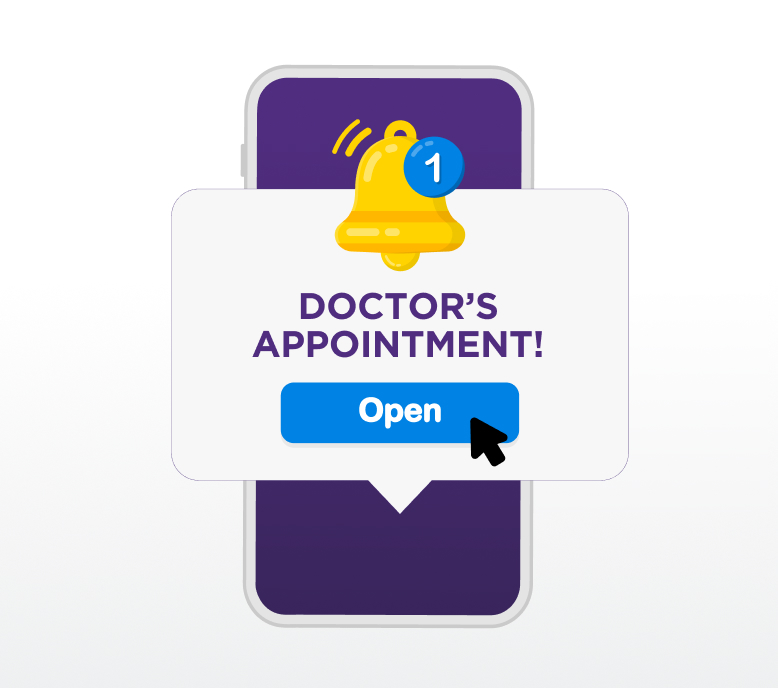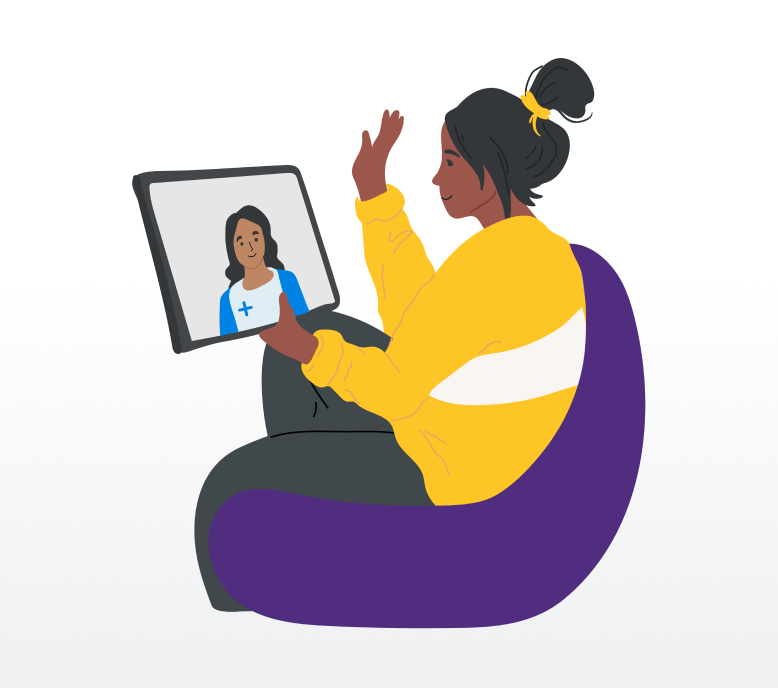6 Ways the Consumerization of Healthcare Is Changing the Game for OBGYN Practices

The consumerization of healthcare is all we seem to hear about these days. And for good reason: It’s transformed our interactions with patients and created more competition in the marketplace. The focus has shifted back where it should be, with patients. But still, questions remain, like how can you meet rising patient demands, and still have a successful OBGYN practice? In this blog we’ll go over the ways the consumerization of healthcare has changed OBGYN patient expectations — and what you can do about it. Hint: The answer begins and ends with empathy — and technology.
#1 OBGYN Patients Want…Self-Service Features

Consider your mobile phone for a moment and all of the apps you use to order food, schedule a pickup or make a reservation. It’s mini digital experiences like these that have created a shift in consumer expectations. After all, why wait on hold when you can book online? Why go to the store when you can have the goods delivered?
This same approach has also made its way to healthcare. Now, patients don’t need to call their doctor’s office, they can message their doctor’s office directly. Instead of waiting for bills to arrive by mail, they can pay by text, When they want an appointment, all they have to do is log in and pick from a list of available times.
Think Patient Self-Scheduling, mobile check-in and text to pay aren’t necessities in obstetrics and gynecology? These conveniences tell patients you respect their time as much as your own.
#2 OBGYN Patients Want…Help Paying Their Bills

Consider that patients are now responsible for a larger portion of their bills due to high-deductible health plans. In 2020, the average general deductible for a single worker on an employer plan was $1,644.
For expectant parents, there is also the added burden of budgeting for childbirth during what can potentially be a time of heightened emotions and anxiety. When you give patients who are already juggling so much, ways to break down payments and budget for larger healthcare expenses, you’re doing more than helping them find solutions, you’re providing a much-needed sigh of relief.
When you work with patients to provide customized payment plans and financing options, you’re making payments more manageable — yes — but you’re also helping to increase patient satisfaction with real solutions.
#3 OBGYN Patients Want…to Find Solutions Together

Where do patients often turn for information about their symptoms? Where they go for everything else of course — Google. While you can’t do anything about this phenomenon, you can bring your patients into conversations about their health and start to earn their trust.
Shared decision-making in obstetrics and gynecology has the potential both to improve patients’ knowledge about their condition and medical options, while increasing overall patient satisfaction.
Not only are you educating patients during the decision-making process, you’re making them feel like active participants in their own care — giving them back control in vulnerable or uncomfortable situations. It’s a win-win for both doctor and patient.
#4 OBGYN Patients Want…to Be Reminded

When patients are outside of your office, they’re being served up a wide variety of communications. They are getting text messages, app notifications, emails — all reminding of important tasks and events, advertising products and services, and keeping them in the know.
Did you know one out of every three patients surveyed for the What Patients Really Think Report claimed they had missed a doctor’s appointment because they did not get a reminder from their doctor’s office? Those misses could be turned into revenue-bearing opportunities by filing potential openings in your schedule or preventing the no-shows altogether.
Sending reminders and other relevant communications to patients using their method of choice lets them know that you’re attuned to their communication preferences and their situation.
For example, an obstetrics practice may want to send communications that align with a patient’s particular stage of pregnancy and set up automatic reminders. This helps ensure that the right communication is delivered at the right time — an art that’s been perfected by top digital marketing firms.
#5 OBGYN Patients Want…Clear Communication

Today’s consumers use a variety of tools to understand their health — activity trackers, food trackers, heart monitors and more. Each one comes complete with an app that illustrates the information graphically and interactively.
Do you communicate this way with your patients? Do you show them, when telling them just isn’t enough? Today’s patients expect more.
The good news? Clear communication is easier than ever with the right technology in place. It brings what you have to say to your patients to life and helps support better communication.
For example, with the ModMed® Anatomical Atlas, OBGYNs can annotate images directly on their iPads to help patients understand what they are experiencing. These images can be sent to an integrated patient portal for further review by the patient.
ModMed also has a variety of communication tools, such as ModMed Telehealth and Secure Messaging, making it easier for patients to get their questions answered outside of in-person appointments.
Price estimation tools can also help practices provide a good-faith estimate of costs associated with particular services and procedures, helping patients understand costs as well as their responsibility.
#6 OBGYN Patients Want…to Be Heard

It’s the reason why some of the best OBGYNs run behind schedule — because sometimes, no matter how hard you try to stay on time, there’s always going to be that one patient who needs a few extra minutes.
Listening is a skill that you’ve had to master as part of the job, and you want that high-quality, high-touch experience to extend to every interaction a patient has with your office — whether that interaction is in person or digital. After all, today’s version of customer service is a multi-faceted, multi-touchpoint experience.
According to an article published by the American Medical Association*, “When physicians show true empathy while listening to their patients in the exam room, patients and their families are often more satisfied and more open to adopting their advice—and it builds a much stronger patient-physician relationship.”
Patients want to feel understood and heard—and now they have more ways to sing your praises or voice their complaints. For example, consider the rise of reviews on Google, Yelp! and other review sites. These have led to doctor-specific review sites, medical listings and directories.
Think reviews don’t matter? Ask the patient who’s reading a negative online review of a new doctor they’re considering. In a specialty where word-of-mouth matters, you’ll want to make sure you’re providing the kind of experience patients expect — in person and online.
One way to do this is by sending a survey to your patients after every visit. Not only does this let your patients know that you care about their thoughts and opinions — which can help you provide an even better experience — but also it helps you address any problem visits before a patient can post a negative review online.
How has the consumerization of healthcare affected your practice? If your current OBGYN EHR, practice management and patient engagement technology aren’t helping you provide the kind of experience patients increasingly demand, helping to improve patient care, you want to consider ModMed OBGYN. This suite of solutions was built just for OBGYN practices, putting all the information you need on one screen, while helping to support better communication and patient experiences.
*American Medical Association: 5 Ways to Recognize Patient Cues, Understand Needs, September 18, 2016.
This blog is intended for informational purposes only and does not constitute legal or medical advice. Please consult with your legal counsel and other qualified advisors to ensure compliance with applicable laws, regulations, and standards.